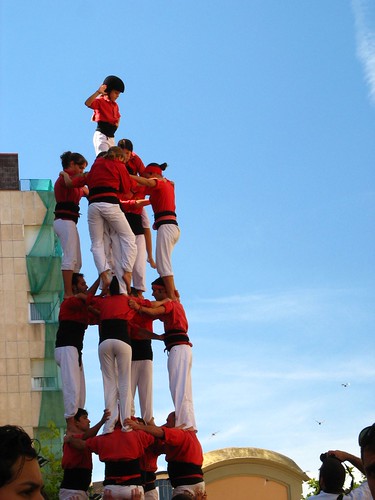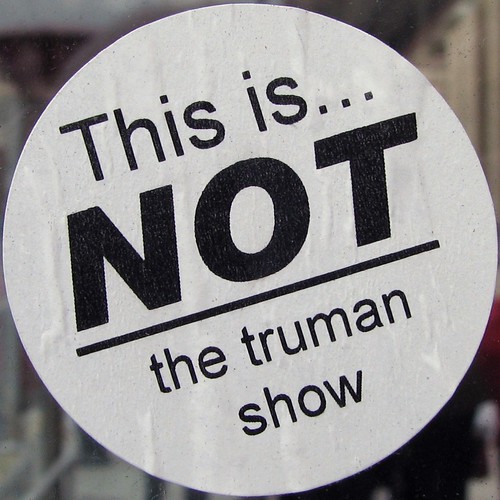
Where does the power of the Web lie?
What comes to mind when you think of the word "Web"....intricate, links, connection, extension, strong, attract, caught, can't get out!!!!
When brainstorming about what I was going to write for this blog, two thoughts came to my mind about how I have been impacted by the power of the Web lately.
 1) SHARING:
1) SHARING:I have definitely noticed, over the past 6 months, how Facebook has taken on new levels of social networking and particularly sharing. You don't just go on facebook to update your profile, read someone's update or look at pictures. You can now go on facebook to see what people SHARE. Is it just me or have Youtube videos, newspaper articles, and links to websites been making a serious impact on your Facebook page?
When I first set up my igoogle account with RSS feed two years ago, people told me I would be reading more than ever. It did not happen so much then. But today, being fed information by people I respect and/or have the same interests as me is making me read much more than ever before.
Jeff U. shared with us how he gets information brought to him. Power!
2) TWITTER:
Over the past few weeks of unrest in Bangkok, everyone has learned the hard way how biased the media can be. It's been difficult to find objective reports of what was happening. Newspaper took side and English language radio gave little information. It definitely made me question the authenticity of the media in general. Friends and family abroad saw a country on the verge of civil war reported on the news with alarming images. Meanwhile, living downtown, I still drove home everyday and did not feel or see any difference in my routine. In the midst of not really knowing what was happening or going to, many people started to rely on twitter as a source of information and updates on the situation. I cannot find it anymore, but an article was posted a fews days after commenting on the record use of Twitter in a political crisis.

Here is a related article from @RichardBarrow on the topic. Now the question remains, what resources to trust ? It's important to keep in mind that what we read in newspaper, what we read on the Web (e.j. Twitter) should be taken as information and not absolute truth!
I could not agree more with Jeff Utech when he says that "we need to teach people (not just students) to filter the information they receive"







